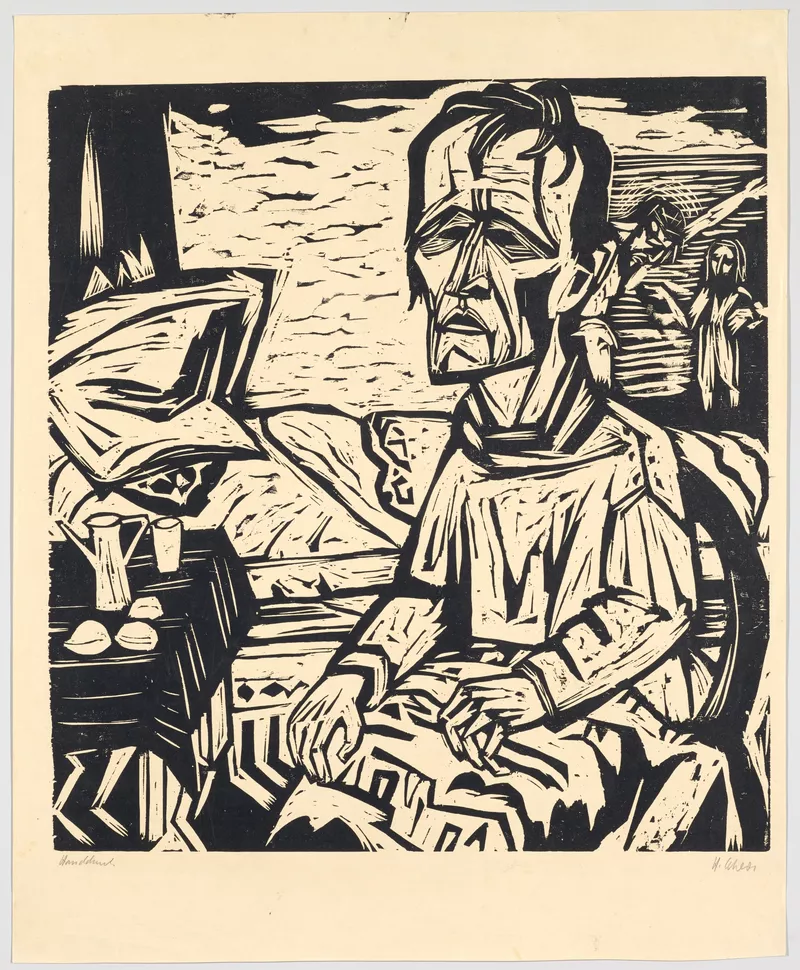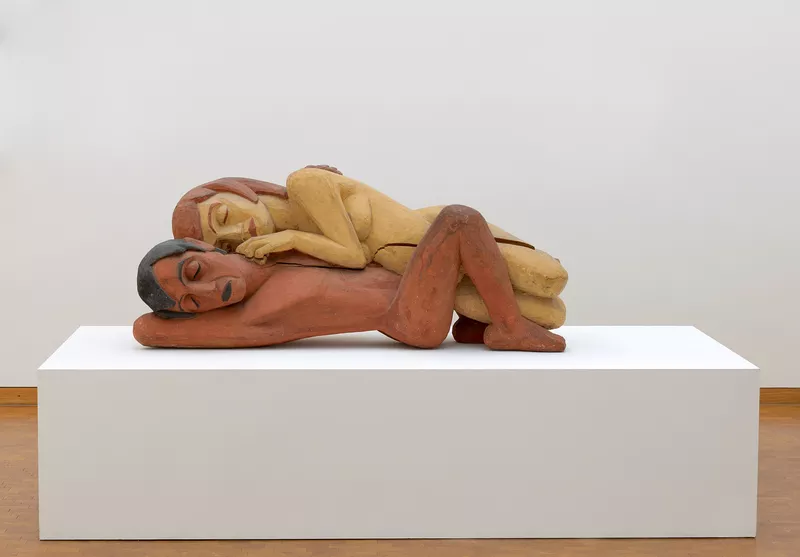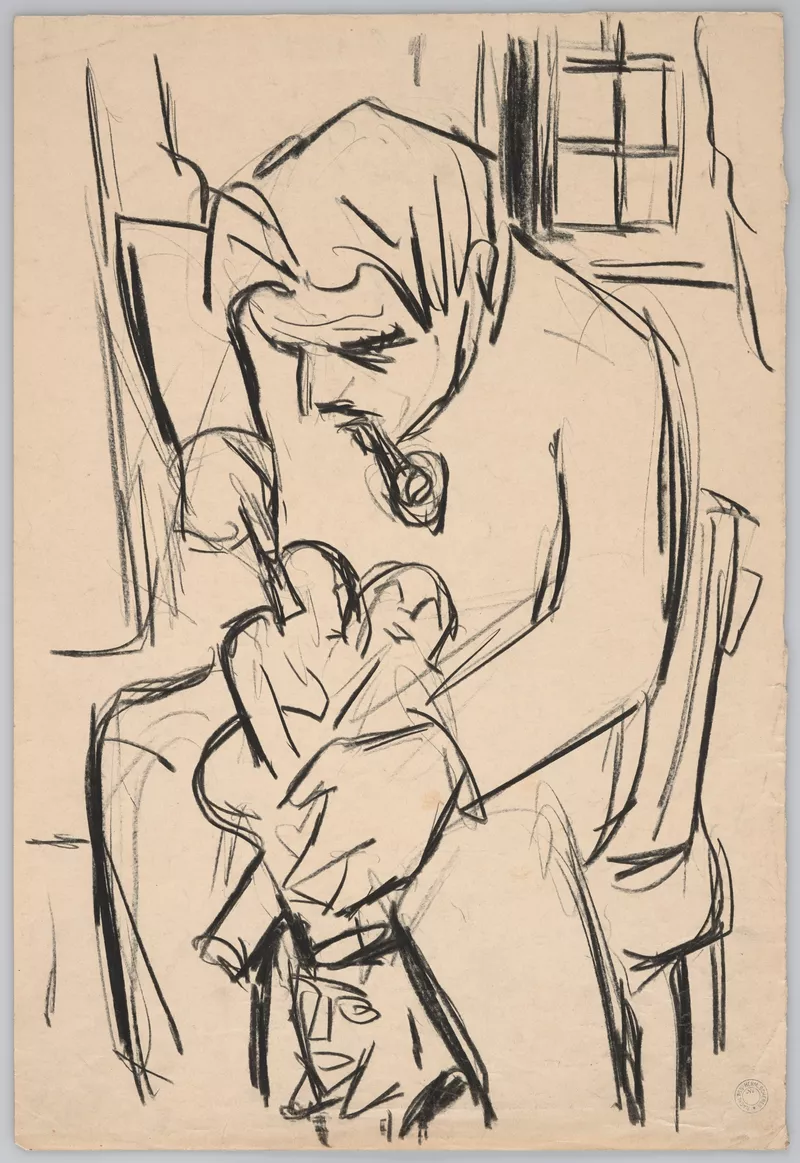
»Hermann Scherer. Notches and Edges« shows works from a short, intensive creative phase
In the new building of the Basel Art Museum, from January 15 to April 18, 2022, the exhibition Hermann Scherer. Notches and Edges will be on view. After the trained stonemason switched materials to wood, he created his best-known works over the course of about two years before he died at the age of 34.

The exhibition Hermann Scherer. Notches and Edges opens on January 15 in the new building of the Kunstmuseum Basel and runs until April 18, 2022. Among the approximately 150 exhibits, particularly noteworthy are a selection of printing blocks on display for the first time, which were donated to the museum from Scherer's estate at the beginning of January 2022, and three large portfolio works, which are being shown together in their original form for the first time. The exhibition then moves on, slightly modified, and can be seen at the Bündner Kunstmuseum Chur from 18 June 2022 and at the Ernst Barlach Haus, Hamburg, from 05 March 2023.

After training as a stonemason, Hermann Scherer (1893-1927) assisted various sculptors from 1910 before his own works were exhibited for the first time in 1920 at the Kunsthalle Basel. At the same time he began painting, and a few years later he was a co-founder of the Expressionist artists' group Rot-Blau. From 1923 Scherer deepened his contact with Ernst Ludwig Kirchner, from whom he was inspired to work with wood. At this time he produced over 100 woodcuts and about 25 wood sculptures within two years. His works became more two-dimensional and abstract, and his paintings and drawings also exhibited an angular rather than curved style. Especially fundamental conflicts of human life such as love and existential angst dominate Scherer's works from his most famous creative period. In 1927 he died after a streptococcal infection.

Dive deeper into the art world
»Michelangelo Imperfect«
Berlin around 1800: a new cultural center
In a major special exhibition, the Neuhardenberg Castle Foundation is bringing visitors closer to a special period of Berlin's heyday: Berlin Classicism around 1800, an era of cultural renewal. Aufbruch 1800 ('1800 – the dawning of a new era') Art and society during the emergence of Berlin classicism opens on March 29.



















